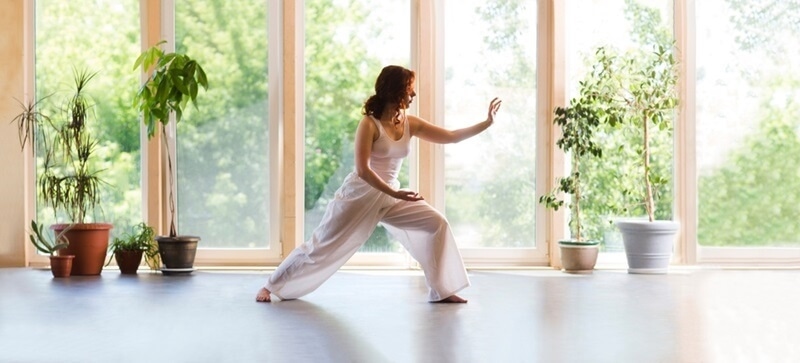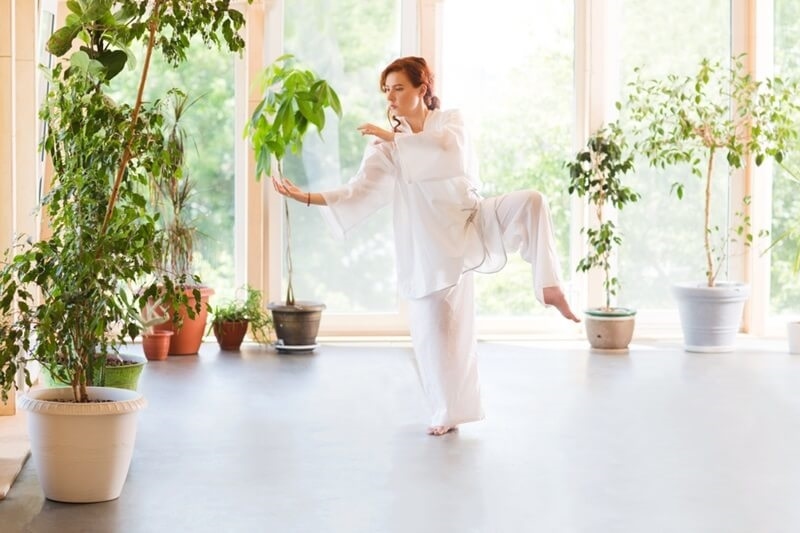
The balance and the pain in the joints are not uncommon issues that we face as we grow older. Tai chi is a soft form of exercise, which has its origins in Chinese tradition, and will provide a natural means of making your body stronger and relaxing your mind. In this blog, we are going to discuss simple yet effective tai chi exercises that can be done by all, including beginners.
Tai Chi is not just about slow movements; however, it is a practice of mindfulness, that is, it allows the body and mind to cooperate. The exercises of tai-chi will be aimed at enhancing your stability, relieving your knee pain and enhancing your well-being in general.
Tai Chi is commonly referred to as the moving meditation since it is a combination of physical movements with deep breathing. These exercises are meant to build up muscles, enhance flexibility, and stability of the joints. In individuals with knee pain or decreased balance, Tai Chi may serve as a natural remedy for knee pain that does not require surgery.
The pain in the knee may complicate day-to-day life. Light activities such as Tai Chi are aimed at controlled motions of the muscles surrounding your knees. This assistance will alleviate the load on the joints and may delay pain. Exercises that enhance the flexibility and muscle tone are also usually involved in the treatment of knee pain without surgery, and this is what Tai Chi can do best.
Also read: How to Target Belly Fat with a Balanced Diet Today

There is no need to go to the gym or pay high costs when you start Tai Chi. These movements can be practised in your backyard or in your living room. The main thing is straightforward and conscious practice.
It is important to have a brief warm-up before plunging into exercises. These stretches help to avoid injury and prepare your body to move.
Such warm-ups might be little, but they warm your body to more specific movements.
Moving the weight enhances balance and builds leg muscles, which form a crucial part of knee health.
The given exercise enhances the coordination and development of stabilizing muscles, which allows for the avoidance of falls.
Single Whip is a traditional tai chi movement that aims at the enhancement of balance and coordination.
This motion strengthens the legs and the stability of the knees, which is very good for the natural healing of knee pain.
It is also a mild Tai Chi motion that helps to build lower body muscles and increase flexibility.
This exercise can be practised regularly and will enhance balance and give your knees a moderate exercise.
Tai Chi needs consistency in order to realise the benefits. A couple of minutes a day would help. A routine does not have to be a complex thing. Begin with 10-15 minutes and slowly increase until you are comfortable.
Simple tai chi exercises should be performed together with light walking or stretching to achieve the best results. This combination enhances the flexibility of the joints, builds body muscles.
Suggested reading: Cardio vs. Strength Training: Which is Good for Weight Loss?
If you struggle with knee discomfort, Tai Chi can be a gentle yet effective solution. The muscles supporting your knees are crucial for reducing pain. Tai Chi movements engage these muscles, improving stability and strength without harsh impact.
Unlike running or high-impact workouts, Tai Chi places minimal stress on your joints. The slow, controlled movements allow your knees to move naturally, making it an ideal knee pain treatment without surgery.
Tai Chi involves an important element of breathing, where deep and steady breathing coupled with movement will help in improving relaxation and alleviating discomfort.
This is a breathing system that enhances the movement of oxygen, relaxes muscles, and supplements your Chinese tai chi exercise routine.
This mobilisation helps to relieve the strain on the knees and surrounding muscles.
Explore more: Break a Weight Loss Plateau: Tips to Restart Progress
It may be difficult to get started on any new exercise. These are the basic ways of staying motivated.
Don't push yourself too hard. Start with a number of minutes every day and then increase your practice. It is important to remember that Tai Chi is not about speed, but control.
Consistency is key. Even simple, daily practice can be useful in enhancing balance, decreasing knee pain and increasing overall well-being.
Proper posture adds to the advantages of the simple tai chi exercises. Remain erect with your back straight, knees bent a little and move gently.
Tai-chi exercises are a quick, soft, and effective method of improving balance, alleviating knee pain, and increasing general well-being. Tai Chi can be a useful practice in your everyday life with the help of systematic practices, mindfulness, and breathing awareness. You do not have to have any kind of special equipment or gym membership. Even in a small area, patience and commitment can help you enjoy the physical and mental advantages of this ancient Chinese practice for centuries. No matter whether you have knee pain or you just want to develop your balance, simple tai chi exercises are a safe, natural and satisfying method of maintaining your body.
This content was created by AI